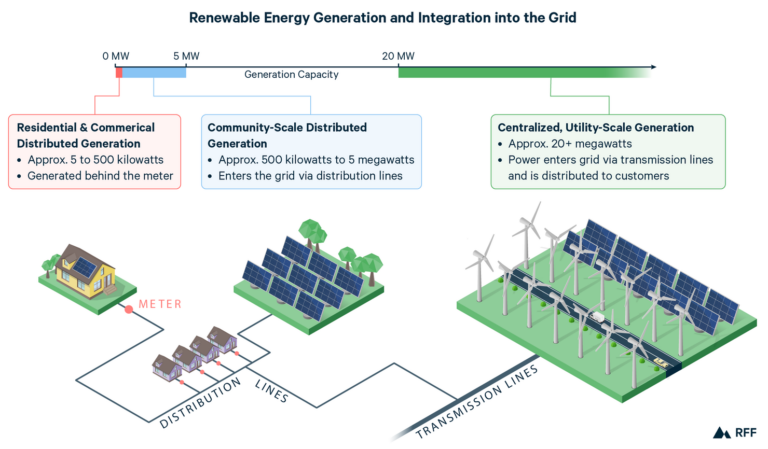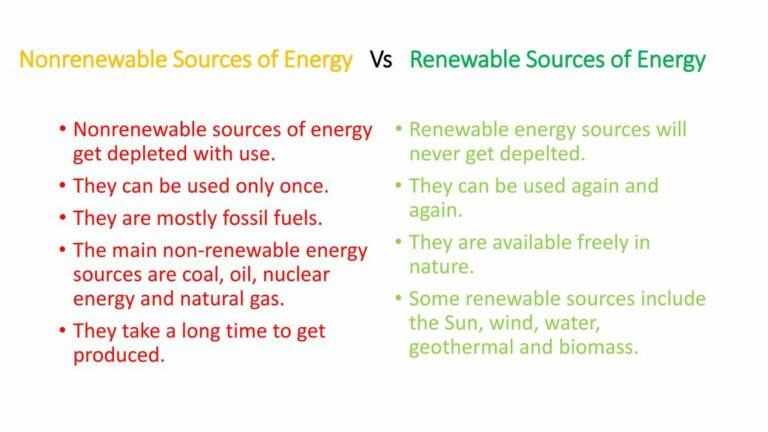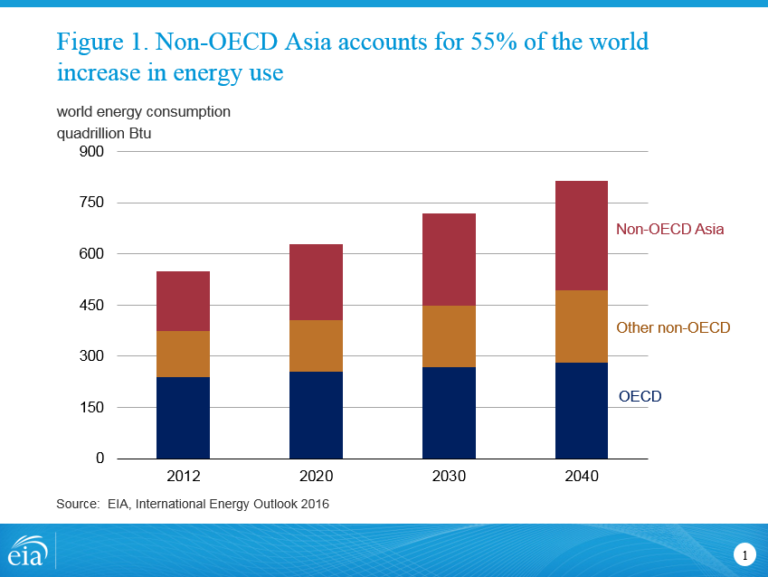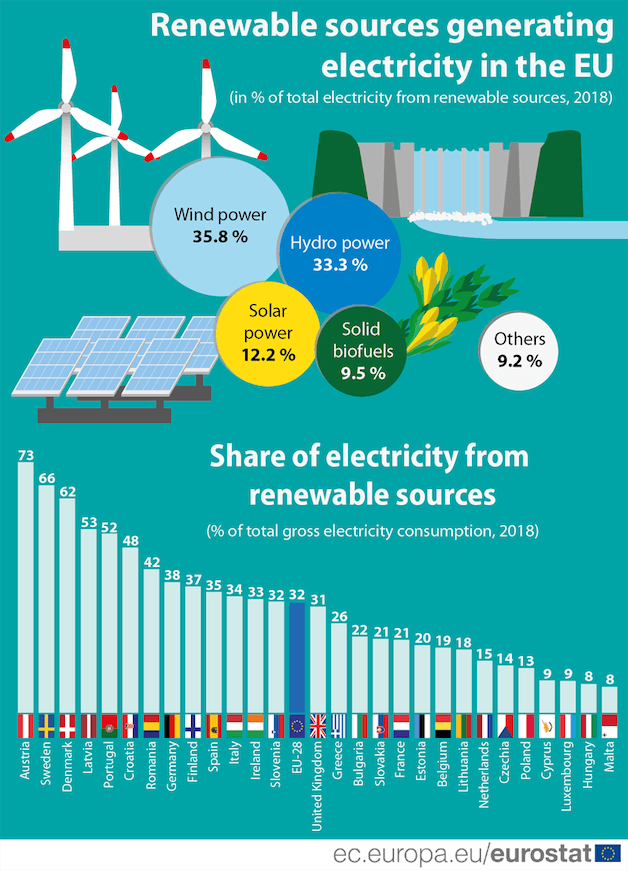Is Natural Gas A Renewable Energy?
Hold tight, young reader! It’s time to dive into the world of renewable energy and find out if natural gas can join the green team. “Is natural gas a renewable energy?” you ask? Well, let’s find the answers together!
Now, when it comes to renewable energy, we often think of sources like the sun and wind, but natural gas seems to be a bit of a mystery. Is it good for the environment? Can it be produced sustainably? These are the questions we’ll unravel.
So sit back, grab a snack, and join me on this journey to discover if natural gas has what it takes to be considered renewable. Strap in, because we’re about to learn some cool stuff! Are you ready? Let’s go!

Is Natural Gas a Renewable Energy? Exploring the Facts and Controversies
Natural gas has become a significant energy source in recent years, but there is much debate about whether it can truly be classified as a renewable energy. This article delves into the topic, providing an in-depth exploration of the facts and controversies surrounding natural gas. As we navigate the transition to cleaner and more sustainable energy sources, understanding the nature of natural gas and its impact on the environment is crucial. Let’s dig deeper into the question: Is natural gas a renewable energy?
Natural Gas: An Overview
Natural gas is a fossil fuel that primarily consists of methane, a potent greenhouse gas. It is formed when prehistoric plants and animals decompose over millions of years under intense pressure and heat. This process occurs deep within the Earth’s crust, resulting in the formation of natural gas reservoirs. The extraction of natural gas involves drilling into these reservoirs and capturing the gas for various applications, including electricity generation, heating, and cooking.
The Origins of Natural Gas
Natural gas reserves form as a result of the same geologic processes that give rise to petroleum deposits. Over millions of years, the remains of plants, animals, and microscopic organisms are buried and subjected to high temperatures and pressures. Under these conditions, carbon-rich organic material transforms into fossil fuels. The process begins when dead organisms, such as plankton and algae, fall to the ocean floor and are covered with layers of sediment. Over time, these layers accumulate, exerting pressure on the organic matter beneath them.
As the organic matter continues to be buried deeper, the heat from the Earth’s interior causes it to undergo a series of chemical reactions known as maturation. These reactions break down the complex organic molecules, producing simpler compounds such as natural gas. The gas is then trapped within porous rock formations called reservoir rocks. To extract the gas, wells are drilled into these formations, allowing the gas to flow to the surface.
The Environmental Impact of Natural Gas Extraction
While natural gas is often touted as a cleaner alternative to other fossil fuels, such as coal and oil, its extraction and usage still have significant environmental consequences. The extraction process, known as fracking or hydraulic fracturing, involves injecting large volumes of water, sand, and chemicals into the ground to extract the gas trapped in shale rock formations. This process can lead to groundwater contamination and the release of toxic chemicals.
In addition to the potential for water pollution, natural gas extraction also releases methane, a potent greenhouse gas that contributes to climate change. Although natural gas emits fewer greenhouse gases when burned compared to coal or oil, the leakage of methane during extraction, transportation, and storage can offset these advantages. It is estimated that methane has a global warming potential up to 84 times greater than carbon dioxide over a 20-year period.
The Debate: Is Natural Gas Renewable?
The classification of natural gas as a renewable energy source is a point of contention among experts and policymakers. Supporters argue that natural gas can serve as a transition fuel, reducing greenhouse gas emissions in the short term while renewable energy technologies continue to develop. They also emphasize the potential for using renewable natural gas, produced through the collection and processing of organic waste, as a sustainable energy source.
On the other hand, critics argue that classifying natural gas as renewable can create a false sense of security and hinder the transition to truly sustainable energy sources. They highlight the extraction’s environmental impact, including habitat destruction, water pollution, and methane emissions. Additionally, they argue that promoting natural gas could divert financial investments and policy focus away from renewable energy alternatives.
The Role of Natural Gas in the Energy Transition
While the debate surrounding the renewable status of natural gas continues, its role in the energy transition cannot be overlooked. Natural gas is currently a crucial component of many countries’ energy portfolios, providing a lower-emission alternative to coal and oil. However, to achieve long-term sustainability, the focus must ultimately shift towards increasing renewable energy generation and reducing reliance on fossil fuels.
Renewable Solutions: A Path towards Sustainability
As we navigate the complexities of the energy landscape, it is vital to invest in and promote truly renewable energy sources. Wind, solar, hydroelectric, and geothermal power offer sustainable alternatives with minimal environmental impact. Coupled with energy efficiency measures and advancements in energy storage technologies, these solutions can pave the way towards a cleaner and more sustainable future.
Key Takeaways – Is Natural Gas a Renewable Energy?
- Natural gas is NOT considered a renewable energy source.
- It is a fossil fuel formed from the remains of ancient plants and animals.
- While it is abundant and cleaner-burning than coal, it still contributes to greenhouse gas emissions.
- Renewable energy sources include solar, wind, hydropower, and geothermal energy.
- Transitioning to renewable energy is crucial for a sustainable future.
Frequently Asked Questions
Welcome to our FAQ section on natural gas and its renewable energy status. Here, we answer some common questions related to natural gas as an energy source and explore whether it is considered renewable or not.
Q: How is natural gas formed?
Natural gas is formed over millions of years from the decomposition of organic matter, such as plants, animals, and other organic materials. Over time, the heat and pressure from layers of sediment and rock transform this organic matter into natural gas.
While the process of natural gas formation takes a significant amount of time, the primary source of natural gas is fossil fuels, indicating that it is a non-renewable energy source.
Q: Is natural gas considered a renewable energy source?
No, natural gas is not considered a renewable energy source. Renewable energy sources are those that can be replenished naturally and sustainably over a short period. Natural gas, on the other hand, is a fossil fuel, and its formation takes millions of years, making it a non-renewable energy source.
Currently, natural gas is primarily extracted from underground reserves and cannot be naturally replenished within a human timescale. Therefore, it is classified as a non-renewable energy source.
Q: How is natural gas different from renewable energy sources?
Natural gas differs from renewable energy sources in several ways. Firstly, natural gas is a fossil fuel, while renewable energy sources are derived from naturally replenished resources, such as sunlight, wind, and water.
Renewable energy sources can be replenished within a human timescale, while natural gas reserves take millions of years to form. Additionally, renewable energy sources produce lower CO2 emissions compared to natural gas, making them more environmentally friendly and sustainable in the long run.
Q: What are the environmental impacts of using natural gas?
While natural gas is cleaner burning compared to other fossil fuels like coal and oil, it still has environmental impacts. Burning natural gas releases carbon dioxide (CO2), a greenhouse gas that contributes to climate change. In addition to CO2, the extraction and transportation of natural gas can also lead to methane emissions, another potent greenhouse gas.
Furthermore, the extraction process, known as fracking, can have detrimental effects on local ecosystems, water quality, and induce earthquakes in certain areas. These environmental impacts of natural gas emphasize the importance of transitioning to more sustainable and renewable energy sources.
Q: Is there a way to make natural gas more environmentally friendly?
Efforts are being made to reduce the environmental impact of natural gas. One approach is carbon capture and storage (CCS), where carbon emissions from natural gas power plants are captured and stored underground, preventing them from entering the atmosphere.
Another option is the use of renewable natural gas (RNG) or biomethane, which is produced from organic waste materials. RNG has a lower carbon footprint compared to conventional natural gas as it utilizes waste resources while reducing methane emissions from decomposition. These initiatives aim to make natural gas a transitional energy source while we continue to shift towards more sustainable and renewable alternatives.
Summary
So, is natural gas a renewable energy source? No, it’s not. Renewable energy comes from sources that can be replenished naturally, like wind or sunlight. Natural gas, on the other hand, is a fossil fuel that is formed from the remains of plants and animals that lived millions of years ago. Once it’s used up, we can’t easily make more. However, natural gas is cleaner than other fossil fuels, and can still play a role in transitioning to more sustainable energy options. It’s important for us to explore and use diverse energy sources to protect the environment and ensure a sustainable future for all.






